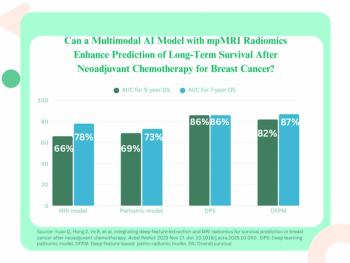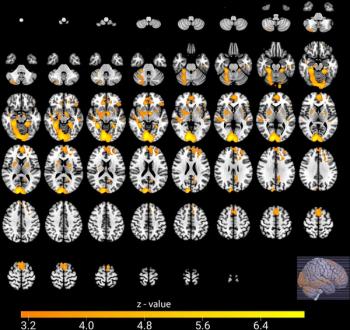
Seven-T clears way for noninvasive bone biopsy
The normal micro-architecture of trabecular bone at the distal tibia is evident in an image obtained using FIESTA_C and parallel imaging at 7T (right) on a GE Signa.
The normal micro-architecture of trabecular bone at the distal tibia is evident in an image obtained using FIESTA_C and parallel imaging at 7T (right) on a GE Signa. Studies at this field strength by Sharmila Majumdar, Ph.D., and the musculoskeletal and quantitative imaging research group at the University of California, San Francisco, emerged as a consequence of studies at 1.5T. Images at 1.5T of a patient with osteoporosis demonstrate the degradation of trabecular bone indicative of disease progression, according to group director Majumdar. This work is establishing the foundation on which she hopes to build MR as a noninvasive biopsy tool for gauging the strength of bone in patients suspected of osteoporosis. (Provided by S. Majumdar)
Newsletter
Stay at the forefront of radiology with the Diagnostic Imaging newsletter, delivering the latest news, clinical insights, and imaging advancements for today’s radiologists.



























